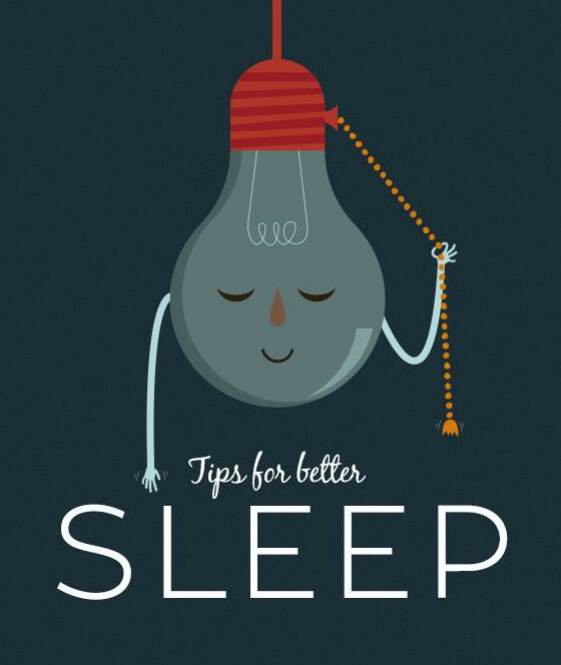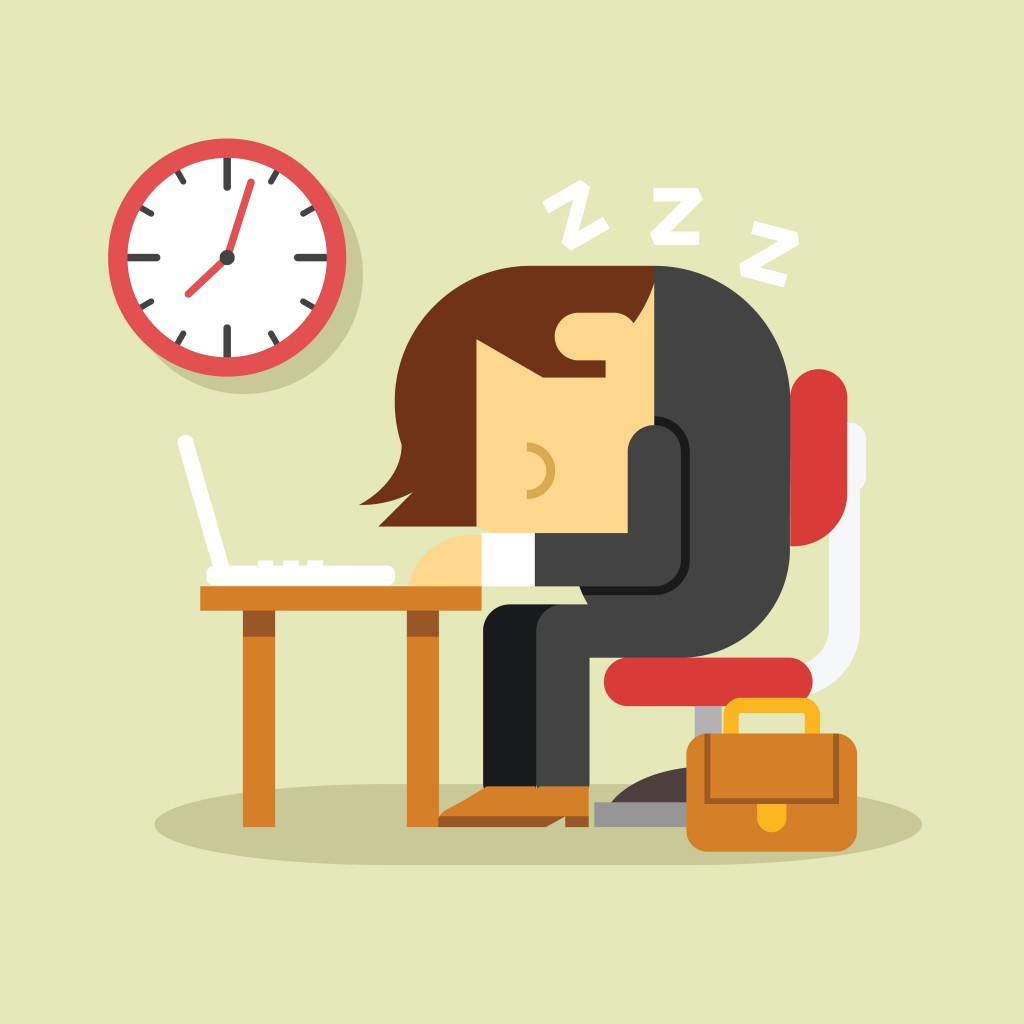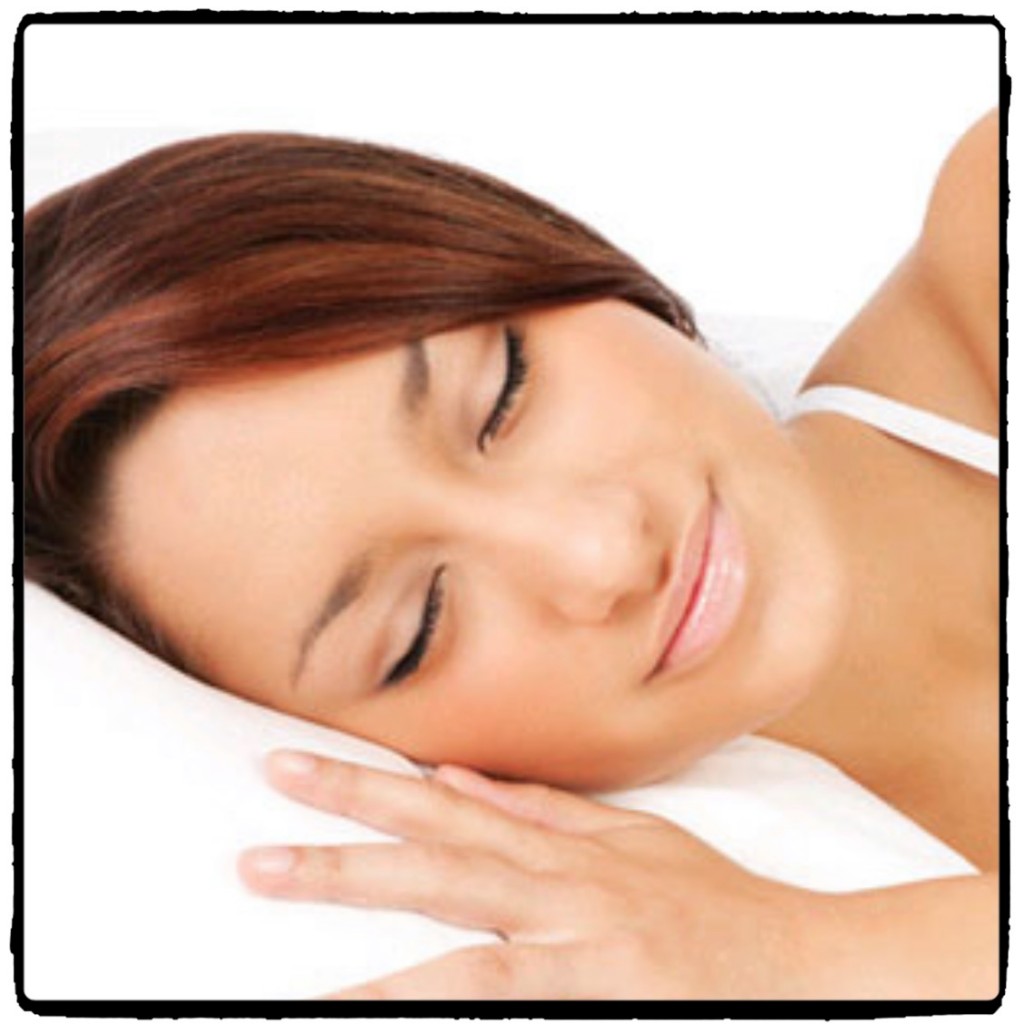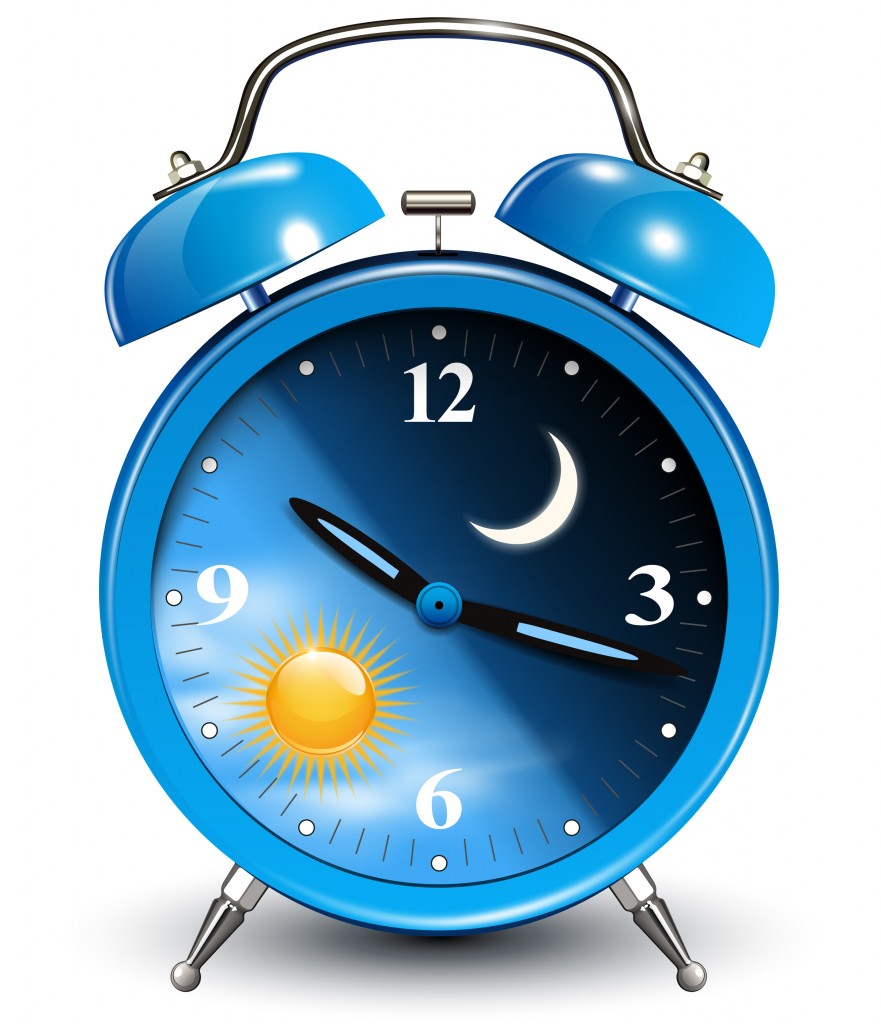 Consistently getting a good night’s sleep is critical for physical and mental health, as well as your ability to be successful in your personal and professional life. Anyone who’s missed even a couple nights of restful sleep understands how debilitating exhaustion can be. Let’s take a look at five easy tips — including keeping a regular sleep schedule and creating a relaxing bedtime routine — that can help you get a solid amount of sleep on a consistent basis.
Consistently getting a good night’s sleep is critical for physical and mental health, as well as your ability to be successful in your personal and professional life. Anyone who’s missed even a couple nights of restful sleep understands how debilitating exhaustion can be. Let’s take a look at five easy tips — including keeping a regular sleep schedule and creating a relaxing bedtime routine — that can help you get a solid amount of sleep on a consistent basis.
Get Comfortable
Although this may sound obvious, getting comfortable goes beyond making sure you have cozy PJs. In order to be completely comfortable for a good night’s sleep, you’ll need to create a room that’s ideal for sleeping. To do this, make sure your bedroom is cool, dark and quiet. If there’s light coming in from an outside streetlamp, or a neighbor’s porch light, try room-darkening shades. If there’s any type of noise you’d like to filter out, try earplugs, a fan or an ambient-sound sleep app on your smart phone that can add just enough background noise (like rain, or ocean waves) to cancel out disturbances while helping provide a more optimal sleep environment.
Your mattress and pillow also make a big contribution to the quality of your sleep. In addition to better sleep, a supportive pillow like our Natural Comfort Pillow can also reduce neck pain, TMJ, migraines and a host of other issues.
Keep a Sleep Schedule
This tip may take a bit of retraining your habits — especially if you’re a night owl. What you’ll need to do is go to bed and get up at the same time every day — even on weekends. A consistent sleep schedule reinforces your body’s sleep-wake cycle, promoting better sleep. That being said, if you haven’t fallen asleep within approximately 15 minutes, it’s OK to get up and something relaxing. The keyword here is RELAXING, so stay away from the temptation to work. Once you feel tired, go back to bed. Remaining in bed, stressing over falling asleep, may make it harder to actually fall asleep.
Stay Active During the Day
Physical activity isn’t just good for your overall health. It can also aid in better sleep. Consistent daily physical activity can help you fall asleep faster and experience deeper, more restful sleep. The time of day you have physical activity plays a role in how effective it is in helping your sleep improve. Exercising earlier in the day is optimal, making a morning run, or possibly a lunchtime walk, far more beneficial than exercising at night — which can leave you too energized to fall asleep. Other benefits of regular physical activity include more energy throughout the day and improved clarity of mind. Please note, before taking on any new type of physical activity, it’s always a good idea to consult with your doctor.
Create a Bedtime Ritual
A ritual is really just another way of getting yourself on a clearly defined schedule. Finding what bedtime routine works for you, and performing it every night, can go a long way in telling your body and your mind that it’s time to wind down. Reading, a warm bath, listening to relaxing music or meditating, are only a handful of tactics that can help you sleep better. Relaxing activities have a way of making us sleepy, priming us for restful slumber.
Part of your ritual can also include removing noise and excessive light from your sleep environment (in other words, turn off the TV).It can also involve fluffing your pillow, and setting your blankets in a specific way to make your bed more inviting.
Be Mindful of What You’re Eating
Going to bed hungry or full can affect the quality of your sleep. That being said, this is not an invitation to eat an entire container of your favorite ice cream. Instead, eat something light. It’s also a good idea to be mindful of how much you drink — starting at least an hour before you go to bed. This will help prevent the need to go to the bathroom in the middle of the night.
Having dinner earlier in the evening, and avoiding rich heavy foods within two-hours of bedtime, can help you sleep better. Heavy foods are harder to digest, and may keep you up. Spicy or acidic foods may cause heartburn, which can disrupt sleep. A simple cup of coffee, even when consumed hours before bed, can keep you up at night. Every person is different, so it’s a good idea to keep track of when you have your last cup, and how you slept that night. If you notice a trend of better sleep when you drink your coffee earlier in the day, why not make that part of your sleep ritual?
We hope these sleep tips help you rest more soundly. Please note that the tips on the Natural Comfort Pillow blog are not meant to replace the medical advice of your doctor.
Learn More About Our Pillow
Haven’t tried our therapeutic pillow yet? Learn more about how it can improve the quality of your sleep — and your life.
Thanks for visiting Natural Comfort Pillow!








